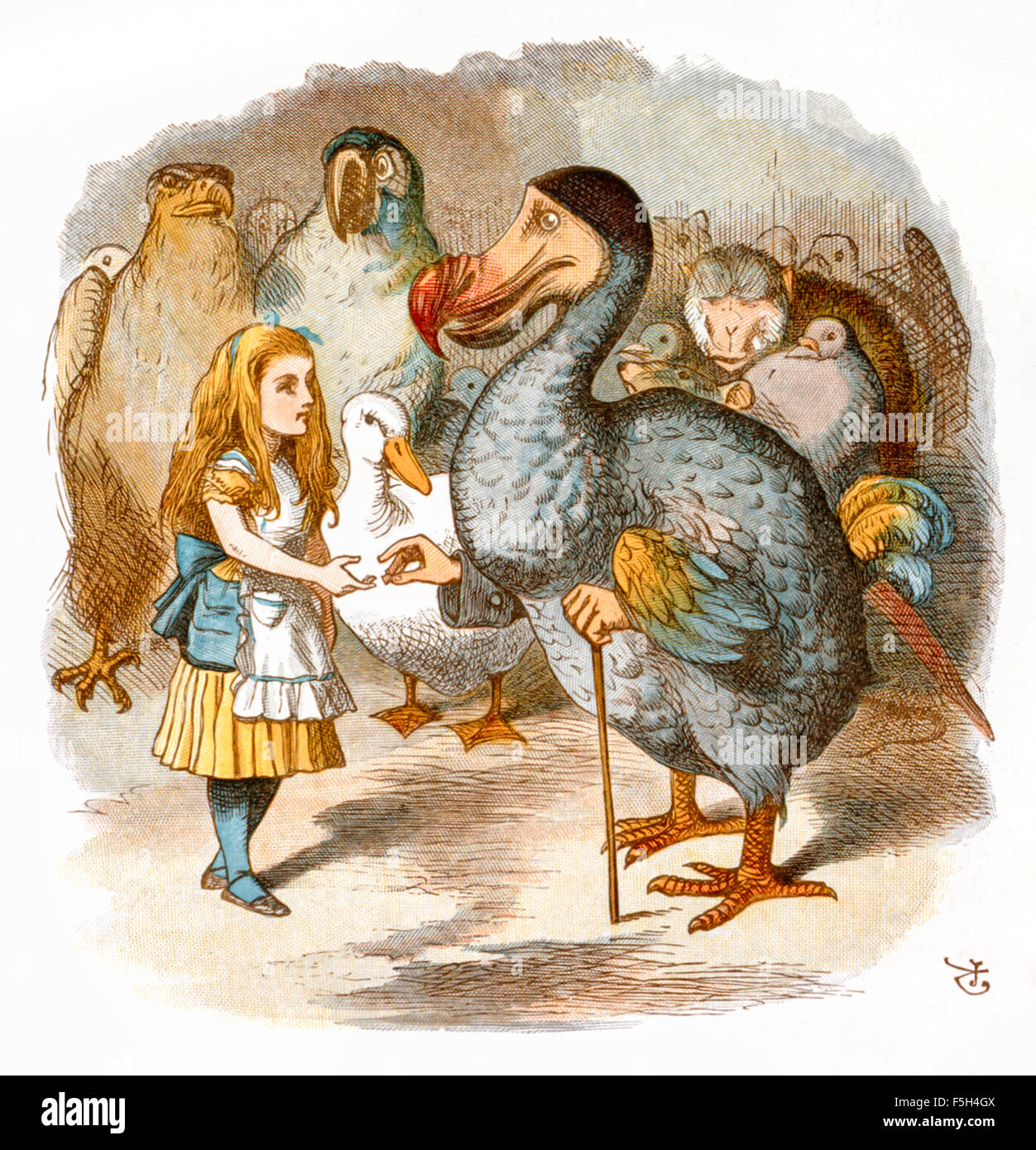The newspaper article published by Reynolds’s Newspaper on December 1, 1889, titled “The Terrible Scandals in ‘High Life,’” discusses the treatment of the crime of sodomy by the police, specifically about the Cleveland Street scandal in which a male brothel frequented by several prominent men was discovered. The writers of the article criticize the police for attempting to hide the crime from the public, drawing on the belief that sodomy was a prevalent upper-class crime that corrupted youth like the telegraph boys recruited to work as prostitutes in the Cleveland Street house. The tension between those who attempted to hide the scandal from the public and those who worked to expose it is interesting because of their motivations: the police, according to this source, in part wanted to keep the public from knowing that so many high society men went to male brothels, which could seem to normalize the crime, while the newspapers wanted to promote prosecuting the crime more stringently and in the same way as they would any other crime, including publishing those accused in the papers.
In part because the events referred to would have already been written about in previous news stories, so that the public was aware of the nature of the crime, the language used in this article never explicitly refers to sex between men, but comes the closest when it explains the excuse Henry James Fitzroy, referred to as Lord Euston, gave for having been to the house, which was that he had mistakenly believed he would see “a display of naked women,” and that he left upon realizing that it was actually “one of the other sex”. The article itself actually acknowledges the coded nature of its own descriptions of the events, saying that the most extreme measures allowed by law should be used to “stamp out practices of an unnatural and revolting shape too hideous even to be mention[ed].” This article also subtly references the prostitutes murdered in the Jack the Ripper cases, saying that the police had worked harder to protect upper class criminals than lower class female victims, described as “unfortunate women.” It is an excellent example of the type of under-the-surface discussion of taboo topics we read about in the excerpt from William Cohen’s book Sex, Scandal, and the Novel, while also showing the public points of view expressed towards homosexual acts, which included the belief that there existed a “Sodomite institution” amongst their apparently normative society.

